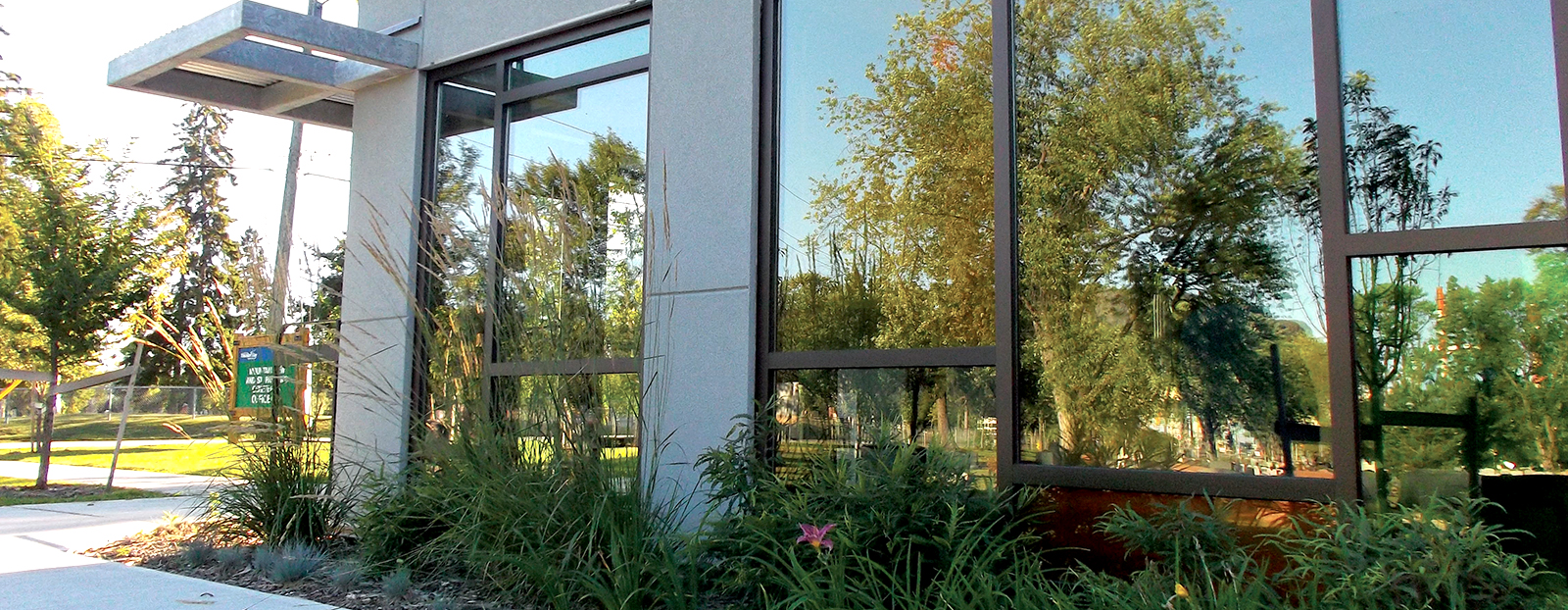EarthCare is a partnership between the City of Thunder Bay and the community to work together on issues of community sustainability, climate adaptation, and greenhouse gas reduction.
About EarthCare Thunder Bay
Our mission is to lead the community in securing the environmental health of our region, and thereby improve the social, cultural, and economic wellbeing of future generations.
On January 13, 2020, Thunder Bay City Council declared a climate emergency, emphasising the urgency of addressing climate change. In June 2021, the City of Thunder Bay adopted the Net-Zero Strategy and set a community-wide greenhouse gas reduction target of net-zero by 2050.
We are working to advance climate action in our community by implementing the Net-Zero Strategy and Climate Adaptation Strategy.
Contact Us









